The Ten Essentials and Car-Camping Basics with Campers Village
- Kids Who Explore
- Jun 7, 2021
- 6 min read

What is the idea of the Ten Essentials?
The concept of the “Ten Essentials” was formalized in 1974, according to Mountaineers. The idea, however, dates all the way back to the 1930’s, when it was included in climbing and mountaineering courses! Adventurers from around the world acknowledge that when heading outdoors, there are at least ten items that are deemed necessary for survival.
The goal of the Ten Essentials list is to answer two basic questions: First, are you ready to respond to and/or prevent emergencies? Second, are you prepared to spend a night (or more) outdoors?
Come along with Kids Who Explore and Campers Village today as we walk you through the Ten Essentials and some car camping basics to get you started on your outdoor adventures!
The Ten Essentials, Broken Down

1. Navigation
Carry a map & compass (and the knowledge of how to use them), an electronic GPS device, or other trail-map application (such as AllTrails). Even if you think you know where you're going, hiking 5km on a broken foot (or even toe!) can quickly become a dire situation.
2. Illumination
Light it up, whichever way works best for you. Pack a flashlight, lantern, or headlamp (or if you're like me, all of the above). USB-powered headlamps are a great option if you carry a power pack to recharge it. Alternatively, battery-operated gear is less expensive if you're starting out! If you're expecting a decent amount of sun, BioLite also engineers some fantastic solar-powered lights.
3. First-aid
There are a couple of options for a first-aid kit. If you have an idea of what you might need, making your own kit is a less expensive option. If you want a nicely packaged kit that's all ready to use, Campers Village has you covered! Check them out.
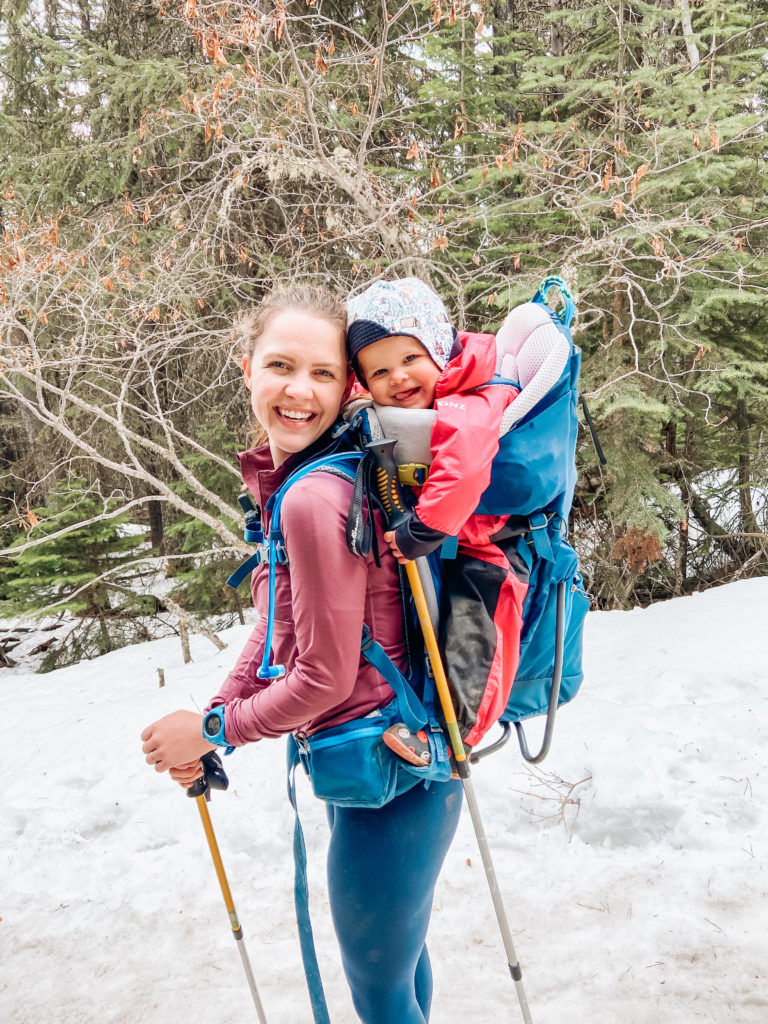
4. Fire
Typically, it's a good idea to pack a primary fire starter and a backup. So that might mean waterproof matches and a lighter or torch. Fire-starters are also very useful for (attempting) to start a fire in a downpour (trust me, it'll happen at least once).
5. Shelter
Apologies that this probably sounds obvious. Packing a shelter (even on day hikes) is essential! Mind you, it isn't necessary to pack a 3-person tent on a 5km hike. An emergency bivy is sufficient to get you through a tough night in an emergency.
6. Food
Again, another obvious-sounding item on the list of the Ten Essentials. Food is important to throw in your pack, even on short day hikes! If you're someone who gets "hangry" (like me), the lack of food can make any situation worse... And quickly. Heading out for multiple days? Ensure you pack enough food for the number of days plus one extra day's worth. Everyone has their own opinions on dehydrated food, but personally, I prefer Backpacker's Pantry.
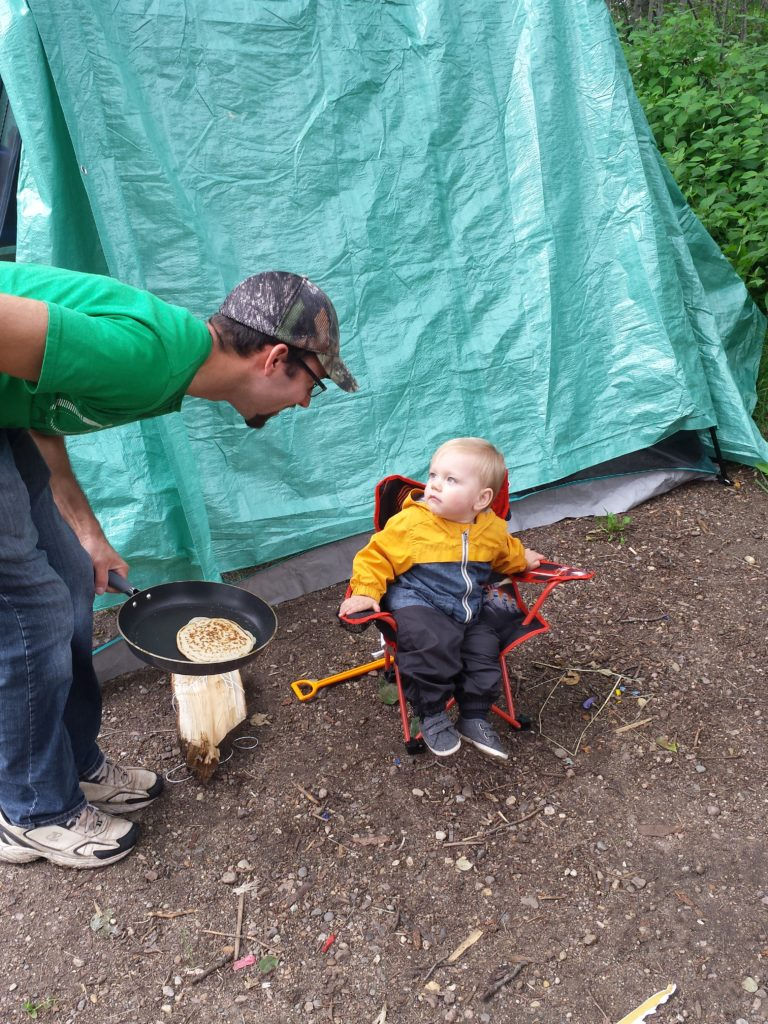
7. Water
Carry more water with you than you think you'll need, especially if you're not exploring near a water source. If you have water nearby, pack something with you to ensure water is safe to consume, should you need to. I personally own the MSR Miniworks EX Filter and carry purification tablets as a backup. New to safely consuming "wild" water? Read this article by Campers Village to educate yourself on all the different methods to prepare water for safe consumption!
8. Clothing
Pack clothing that keeps you covered in all types of weather. Research the area you're exploring in to see what extreme weather could occur and prepare for it! Some essentials are a raincoat, warm base layers, and a puffy jacket. In the Rocky Mountains, packing a toque and gloves is a smart addition as well, even in the summer (thank you, mountain weather).
9. Knife (Or, a multi-tool)
Are you a little surprised this made it on the list of the Ten Essentials? I was. But, after reading the reasons, it makes complete sense. A sharp knife or multi-tool is useful in first-aid situations, preparing a fire, repairs, cutting rope (more essential for mountaineering and climbing), and for general protection. Are you convinced now? Very useful!
10. Sun protection
Pack a sun hat and sunscreen to stay protected against sun exposure. Additionally, carrying clothing that will provide sun protection (long-sleeved, light coloured) is also helpful. Packing sun protection is essential, so bring it along even if the forecast predicts cloudy skies!
Car-Camping Basics
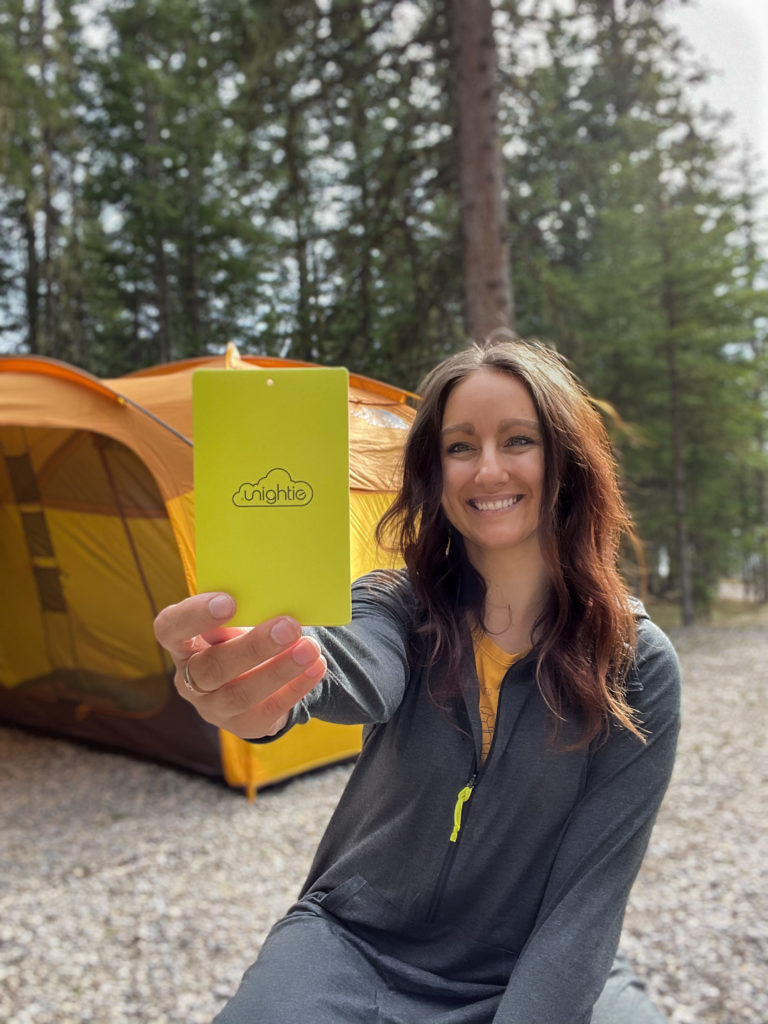
If you’re embarking on your first camping adventure or looking to streamline your experience, we’re here to simplify the process with this six-step guide to help you prepare for camping!
Step one is simple: Look up what’s in your area and decide your basic 5 w’s: who are you going with, what will you be camping in (tent, RV, yurt, etc.), where are you going, when are you going, and why are you heading out (fishing trip, hiking & camping combo, a restful weekend, etc.).
Know before you go! Look at what gear you have, what gear you need, and test out your essentials! Make sure your tent doesn’t have leaks, that your camp-stove will fire up (literally), and that your air mattress won’t leave you roughin’ it. Additionally, if this is your first time camping, practice chopping wood and starting a fire! It can be harder than it looks.
Make sure you’re animal-safe. Know what wild animal encounters are possible in your area and prepare to deal with them. Take bear spray with you wherever you go! If you’re in bear country and need some tips, check out our blog post on animal safety to get you prepared.
Another tip is to know your campground etiquette (if you’re campground-camping). Each campground has slightly different rules. Here in Alberta, if you’re camping in Banff National Park, even your water must be safely stowed away for the site to be considered “bear safe”. Also, follow the local rules for wood-gathering, quiet times, and check-in and check-out.
Prepare for all types of weather! I’ve been poured on when the forecast “guaranteed” me a sunburn. When we set up our site, we always tie everything down like Hurricane Katrina is coming for us. I’m all about telling stories to give advice so picture this: It’s 30+ degrees (Celcius) and we’re on the beach in B.C., Alberta. Within about 20 minutes of setting up the tent, the wind kicks up but we’re still happy and living it up. That is, until I watch my tent, with all my belongings in it, fly away. It tumbled about 30 feet down the bank and landed just before the water. So, take my advice! I’ve been sorry… a lot, and it isn’t a whole lotta fun.
Last, but not least... Get packing! Ensure you take the time to pack everything you need. Below is a very basic list of everything I pack when camping, but if you would like my comprehensive packing list, check it out here.
A sleep system: tent, sleeping bag, sleeping mat, and optional pillow and sleeping liner or (Unightie!).
Camp-cooking supplies: Stove & fuel, grill for cooking (if you're fire-cooking), pots & pans, cooking/eating utensils, plates, bowls & cups, a cooler, and fire-starting supplies.
Misc important gear: Axe, camp chairs, rain canopy or tarp, bear spray, first-aid kit, and sunscreen.
Campers Village expert opinion: Books to get you ready for the wilderness
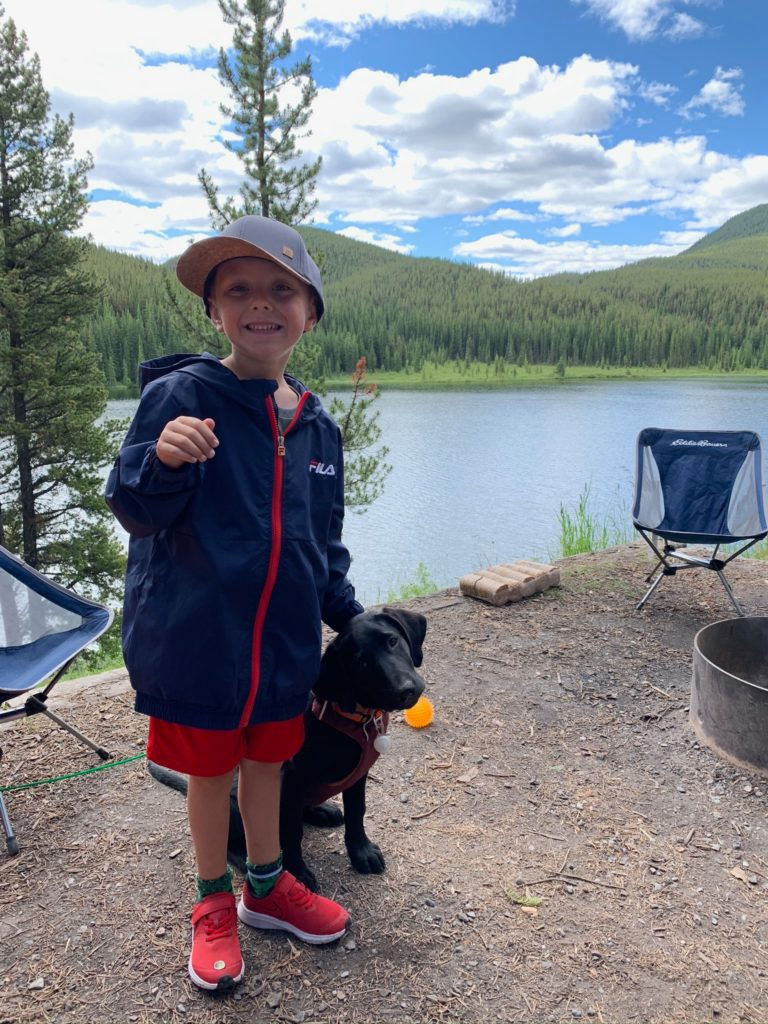
I am such a book person, and I'm glad that a lot of outdoor experts are, too! We've compiled a list of Campers Village-recommended books and resources to educate you on some of the most important topics. Check them out:
Wilderness survival & basics
Fan-favourite for wilderness survival.
Short & simple wilderness survival guide.
If you're looking to know what and what not to eat: Edible Plants of Canada.
Into foraging for mushrooms? Check this book out.
All about berries in this one!
Important read: Fire building.
Camping & hiking
Here's a great Alberta and B.C. family campground guide.
Getting started with hiking and backpacking? Click here.
The Rocky Mountain Books are a great area-specific resource for almost any hiker!
If you're looking for a great, all-around hiking book, check this one out.
Hiking with the kiddos? Lynda Pianosi is a Canmore-based author who has created a wonderful family hiking guide for the Canadian Rockies.
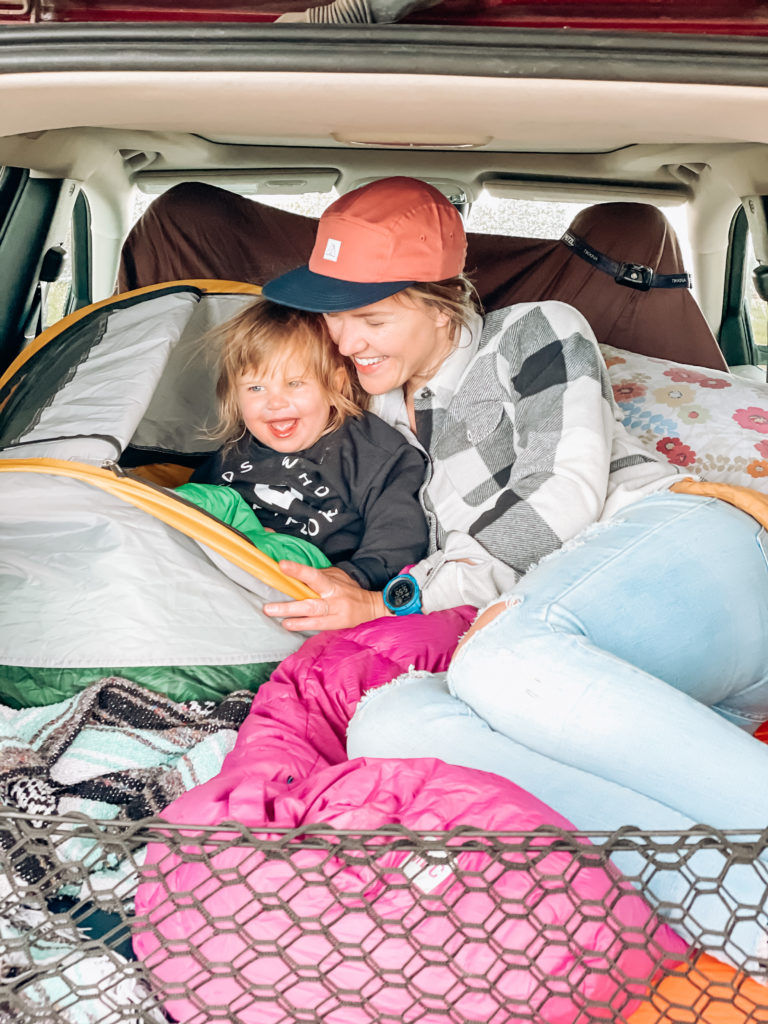
Navigation & animal safety
Most maps are area-specific, but these are the great ones that Campers Village carries!
The Alpine Book Peddlars are a staff recommendation since they are lightweight and waterproof.
An animal safety must-have--the Scats & Tracks of the Rocky Mountains book.
Here's another great option for learning about animal activity in the Northwest.
If you're in bear country, specifically black bear country, check out this tiny pocket guide to educate you on an encounter!
Please be sure to follow us on Instagram at @kidswhoexplore and use #KidsWhoExplore and #KWE for your chance to be featured on our social channels. Happy adventuring, friends!
Comments